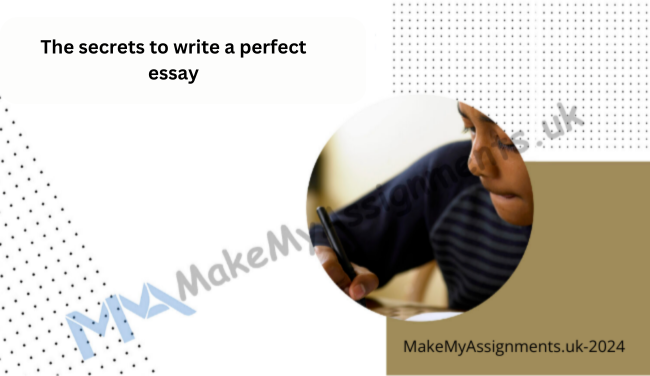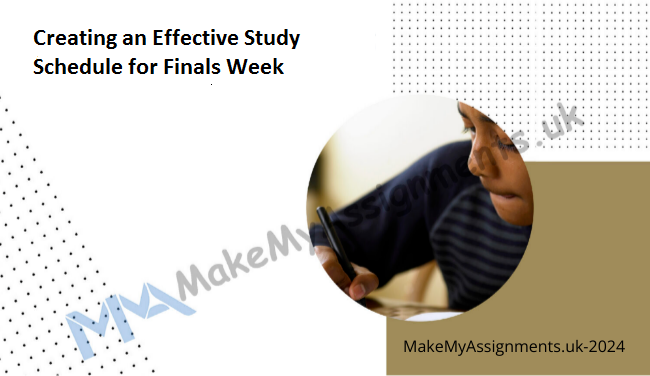Time management is a crucial skill for students to master, especially when juggling classes, assignments,…

Tips for Writing Effective Discussion Questions in Assignments
In the realm of education, discussion-based assessments have gained significant traction due to their ability to foster critical thinking, encourage peer-to-peer interaction, and deepen students’ understanding of the subject matter. Crafting effective discussion questions is a skill that educators and students alike should master. In collaboration with MakeMyAssignments.uk, a renowned educational platform, we bring you a guide to writing discussion questions that spark engaging conversations and enhance the learning experience.

- Understand the Learning Objectives: Before you dive into drafting discussion questions, it’s crucial to have a clear understanding of the learning objectives of the assignment. Whether you’re a student or an educator, aligning the questions with the intended outcomes ensures that the discussion contributes to the overall learning experience.
- Be Clear and Concise: Clarity is paramount when formulating discussion questions. Ensure that the questions are straightforward and concise, without room for misinterpretation. Unclear questions can lead to confusion among participants and dilute the effectiveness of the discussion.
- Promote Critical Thinking: Effective discussion questions should stimulate critical thinking and analysis. Instead of asking for factual recall, encourage participants to evaluate, analyze, and synthesize information. Questions that require higher-order thinking skills lead to deeper and more meaningful discussions.
- Open-Ended vs. Closed-Ended: Strike a balance between open-ended and closed-ended questions. Open-ended questions encourage participants to provide thoughtful responses, fostering diverse perspectives and in-depth discussions. Closed-ended questions, on the other hand, can be useful for gauging comprehension or facilitating quick reflections.
- Connect to Real-World Scenarios: Relating the discussion questions to real-world scenarios or current events adds relevance and context. This not only engages participants but also highlights the practical applications of the subject matter, making the learning experience more enriching.
- Encourage Peer Interaction: Craft questions that encourage participants to engage with one another. Incorporate elements of peer review, group collaboration, or constructive debate. Active interaction among participants enhances the depth and breadth of the discussion.
- Diverse Perspectives and Inclusivity: Consider diversity and inclusivity when formulating discussion questions. Create questions that accommodate a range of backgrounds, experiences, and viewpoints. This fosters an inclusive environment where all participants feel valued and heard.
- Build on Previous Knowledge: Incorporate discussion questions that build upon previous knowledge or readings. This approach helps participants connect new information to what they already know, facilitating a more comprehensive understanding of the topic.
- Avoid Biased or Leading Questions: Steer clear of questions that impose a particular viewpoint or bias. Aim for neutrality to encourage unbiased discussions where participants feel free to express their opinions without fear of judgment.
- Assessment of Learning: For educators, discussion questions can serve as an effective assessment tool. Design questions that allow you to gauge students’ comprehension, critical thinking skills, and ability to apply concepts. Clear assessment criteria help provide valuable feedback.
Crafting effective discussion questions is an art that requires careful consideration of learning objectives, audience, and the desired outcomes. With the guidance and support of platforms like MakeMyAssignments.uk, students and educators can harness the power of thought-provoking questions to create engaging and enlightening discussions. By following the tips outlined in this guide, you can foster a vibrant learning environment where ideas flourish, perspectives deepen, and knowledge is truly internalized.




This Post Has 0 Comments